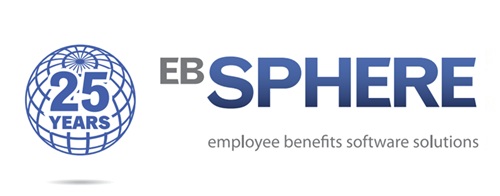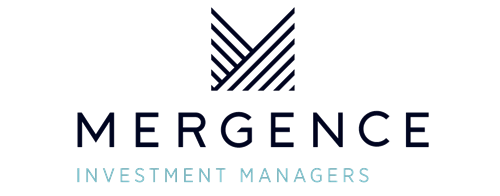George Cheveley, Global Gold portfolio manager at Ninety One
The shares of gold miners have been very strong over the past 18 months. But after talking with gold companies at this year’s Mining Forum Americas, George Cheveley, Global Gold portfolio manager at Ninety One, came away confirmed in his view that the outlook for this equity sector remains bright. Meeting with 30 gold companies over several days, five themes emerged that he believes support a positive outlook for gold stocks.
Cost discipline is being maintained
Cost control remains a priority for most companies, which are keen to prove to investors that they can convert record margins into cashflows. Inflation has been a challenge for the gold sector since COVID. But while cost rises have moderated this year – taxes and royalties have gone up since they are linked to the gold price, partly offset by energy and labour expenses easing in many places – spending discipline is being maintained.
In fact, gold companies’ strong earnings are supporting further progress on costs. Some companies are accelerating projects as they can fund them from cash, which is exciting for their growth prospects and cheaper than borrowing. Also, many companies can now afford to bring contracted mining in-house. This will lower operating costs and should improve productivity, which will be good for their bottom lines.
The focus is on cash generation
‘Cash is king’ was the mantra in Colorado Springs this year: management teams confirmed that generating cash is paramount. For example, most companies are wary of lowering cut-off grades (the minimum concentration of gold for mining to be considered worthwhile) to extend mine life, as that would increase ‘per unit’ costs. Instead, increasing dividends and/or buybacks generally remains the focus, which is positive for shareholder returns.
Generalists are starting to take note
At this conference in recent years, the absence of generalist investors – as opposed to specialists in precious metals and natural resources – has been notable. The underperformance of gold miners vs. gold from 2020-2024, combined with the relatively small size of the gold sector compared to the likes of the tech sector – now about one-third of the S&P 500 Index – has deterred allocators. This year, however, there were noticeably more generalists at the Mining Forum Americas, an observation confirmed by the gold companies themselves, who are seeing more generalist shareholders. Simply put, there are more buyers of gold stocks, which should support prices.
Reserves are key
This one only applies to some gold producers. First, a quick backgrounder: gold miners report resources, which are all identified gold deposits; and reserves, which are gold deposits that can be extracted profitably. Mining companies are often valued based on their reserves.
Looking ahead, we believe there is an important difference between companies that have discovered or acquired gold reserves (again, economically mine-able gold) in recent years, and those with limited or fast-depleting reserves. The former group has strategic options and can focus on growing production, which bodes well for shareholder returns. The latter group faces a challenge to replace their reserves because doing so has become more costly as the gold price has risen. Generally, exploration budgets are going up as miners try to ‘prove up’ resources – i.e., establish whether they are economically viable, and hence can be upgraded to ‘reserves’ – or discover new deposits.
Expanding mining activity can be good for company earnings and shareholder returns. However, it also risks lowering average grades and hence increasing costs, which can drag on profitability. The good news is that better software now exists to help companies process the large amounts of data on which such decisions rest, hopefully resulting in better outcomes.
M&A potential
Mergers and acquisitions (M&A) can also drive shareholder returns. Many companies remarked that M&A has become harder right now, because the gold price has been so strong. Mines that used to be on the margins of economic viability have become good cashflow generators, so it has been more difficult to find willing sellers.
Now, though, smaller players are noticing that a large gap has opened between the biggest gold producers and the rest: there are very few gold companies with a market capitalisation of between US$15-30 billion. There can be significant scale advantages in gold mining, not least geographical diversity (which spreads risk), having access to wider skillsets, and a greater ability to take on and fund large projects.
Conversations in Colorado Springs highlighted that companies are starting to consider mergers again. Many cited the ‘merger of equals’ nil-premium proposed combination of Anglo American and Teck Resources, which was announced in September, as a good example of what we might see more frequently. The ‘premium’ for shareholders is expected to come from synergies and better growth for a larger company.
Looking ahead
The outlook for gold prices and gold equities appears increasingly positive. However, with reserves and M&A potential among the key differentiators between gold miners, a selective approach is strongly advised.
ENDS

























































































